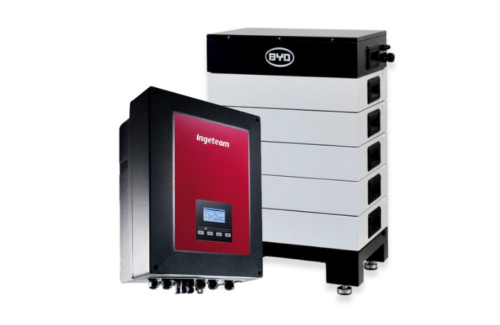 Storage may still be too expensive for many residents and companies today, but current solar customers might one day want to add it to their systems when it becomes more economical. Hybrid or battery-based inverter solutions give solar customers the option to plug and play storage at the time of installation or at a later date.
Storage may still be too expensive for many residents and companies today, but current solar customers might one day want to add it to their systems when it becomes more economical. Hybrid or battery-based inverter solutions give solar customers the option to plug and play storage at the time of installation or at a later date.
While traditional inverters are being required to shut down completely in a grid outage, hybrid inverters connected to batteries can simply switch to an off-grid mode temporarily and continue to power the home or business.
Giving solar customers the option for batteries is important as utilities shift rate structures — allowing time-of-use arbitrage — and extreme weather events increase the probability of blackouts. Combining a hybrid inverter with even a small amount of battery backup can allow homeowners to self-supply power to keep crucial household items running, avoid demand charges and still get high value for solar systems.
Still, installers should be strategic when considering shifting to hybrid offerings, said Ed Heacox, general manager of CPS America. Installers that decide to sell hybrid solutions to be paired with storage must fully commit to the new business and not take it on as a hobby. The value proposition must make sense to the specific clientele, usually in places where utilities have instituted demand charges.
In the past year, many inverter companies have rolled out new hybrid inverter solutions, including Darfon, KACO new energy and more. Thirteen of 19 inverter companies surveyed by Solar Power World indicated they sell a hybrid inverter, and that number will likely continue to grow.
In IHS Markit’s “Predictions for the PV industry in 2019,” the group finds PV inverter suppliers are being forced to diversify to continue to battle against stagnating revenues. One way they can diversify is by selling battery-based inverters.
“Energy storage inverters are a particularly natural expansion to the activities of PV inverter suppliers, given the similar technology and sales channels to their existing business, so nearly all have already followed this avenue,” the study found.
Dynapower’s inverters are specifically designed for the energy storage market. The company’s newest products are bundled all-in-one solutions that make it easy for contractors to purchase everything they need for C&I and larger solar-plus-storage systems without much hassle.
“The primary reason we’ve expanded our scope is just because of the value that’s offered by being that kind of one-stop-shop for a lot of different pieces and components that people are having trouble finding in the marketplace,” said Tim Varhue, product manager at Dynapower.
The industry will likely see more inverter manufacturers partnering with battery providers on hybrid solar-plus-storage solutions too, like Ingeteam and BYD‘s announcement that BYD’s Battery-Box is now compatible with Ingeteam’s INGECON SUN STORAGE 1Play hybrid inverter. The future of solar is solar-plus-storage, and hybrid inverters make that marriage easy.
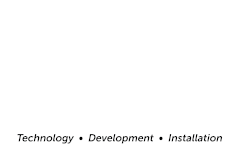
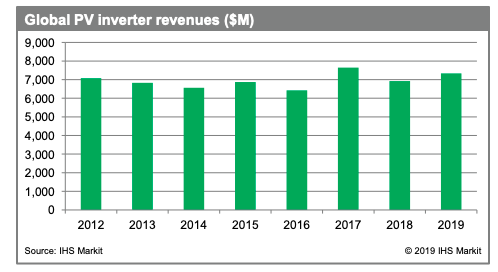
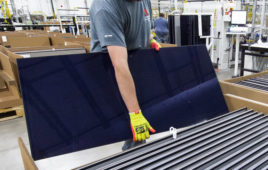
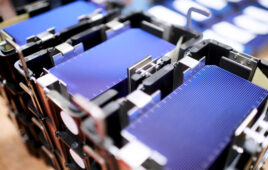
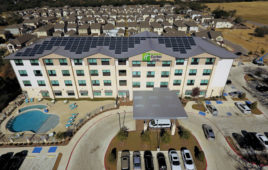

If the picture is true to form, the inverter and the battery system is separate and looks like a quick disconnect from the battery to the inverter.
This is reminiscent of many of the UPS units in use in data centers all over the world. It makes sense to have an inverter that one can plug into a standard energy storage unit. Say 3kWh battery units, keep connecting batteries until a time goal for power output is achieved.
Thank you Kelsey,
We are working to finalize planning for a 280kva 480v system at our plant. I specifically asked the solar contractor that while I understood storage was prohibitably expensive, I hoped to be able to plan for it in the future. I was told that also was too expensive. At least now I know what to ask for! Thank you!